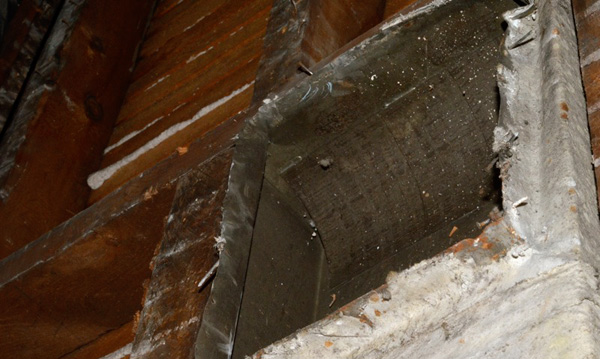Right from the floor tiles, ceiling tiles, roof flashing, cement pipes, siding and in all kinds of insulation places and jointing or seams of your home tend to contain asbestos, if your home is built before 1990. Nevertheless, Asbestos is hazardous and dangerous once it becomes airborne. In case, the things that include asbestos are damaged or their condition deteriorates, then it release asbestos fibers making them airborne.

The Domestic Items That May Release Asbestos
For instance, insulation works around furnaces, pipes of boilers, furnaces can be dangerous and likely to emit asbestos dust/fibers as their condition deteriorates. In the same way, damaged ceilings hold asbestos can always release fibers especially when they are mended or drilled. Therefore, before you make sure, it is the best practice not to disturb those things that you assume to contain asbestos. In home place, which components are prone to embrace asbestos, just have a look
- Furnace channels, boilers and vapor pipes that are insulated with asbestos paper or blanket tapes may produce asbestos dust once removed, damaged or due to improper removal;
- Durable floor tiles such as asphalt, vinyl products; the material used for vinyl sheet flooring as well as adhesives used during the time of floor tile setting or sanding tiles can discharge fibers;
- Door closers used in furnaces, coal stoves, wood stoves tend to release asbestos if their seals are damaged; decorative as well as soundproofing substances sprayed on walling or ceilings if water damaged or brittle or any kind of drilling or repair work is done on them can release fibers;
- All joint compounds or patching work typically done for walls, ceiling or piping may discharge asbestos fibers in course of scraping, drilling or polishing; all cement roofing, stone works or sidings usually contain asbestos and once cut, drilled or repaired, they will release asbestos.
How to Ensure if Your Home Contains Asbestos
The items stated above are some examples where asbestos are typically found. Nonetheless, only visual inspection is not adequate to determine if those items contain asbestos. For this, you are required to send samples of those suspected things to a certified lab for necessary analysis and report.
Operational with state-of-art testing mechanisms, top qualified scientists, lab investigators and analysts, the Virginia based San Air Technologies Laboratory is an ultimate research laboratory that offers specialized support to its clients with asbestos analysis based on the latest TEM, PCM and PLM procedures (Transmission Electron Microscopy/Phase Contrast Microscopy/ Polarized Light Microscopy). Basically these are the only approved procedures of asbestos analysis.
Be Caring While Sampling
Most importantly, the expert laboratory San Air Technologies Laboratory, appeals its clients that person sampling must be careful enough to minimize asbestos emission is at its lowest. Some precautionary are as follows
- When sampling, make sure that none else is in the room;
- Never forget wearing disposable gloves
- Wash hands immediately after sampling
- Wet the portion your cut with mist water because once soaked, it will release minimum asbestos;
- Always use sharp knife and cut with care:
Since inception, the specialist research and analyst group has been specializing in Asbestos Testing, Lead & Metals Testing, Environmental Microbiology, Legionella Identification and Materials & Forensics Testing Services. To name a few, SanAir is certified by American Industrial Hygiene Association (AIHA), National Voluntary Laboratory Accreditation Program (NVLAP) and Center for Disease Control and Prevention (CDC).